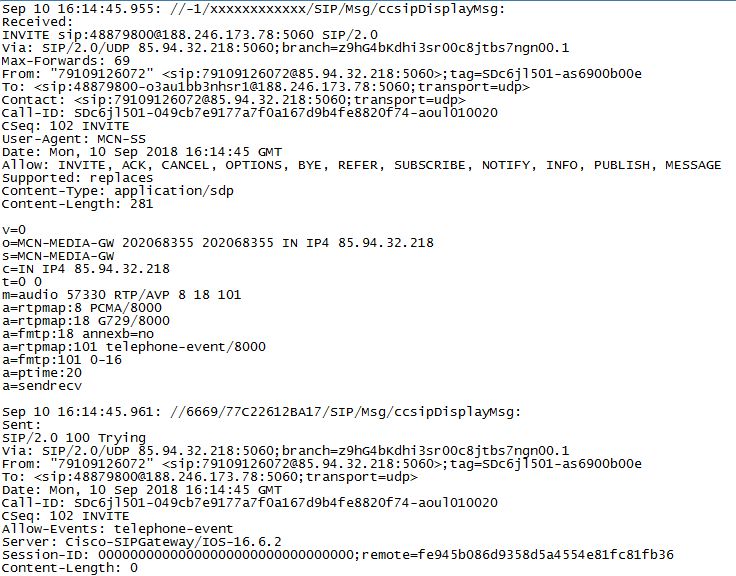25.06.201915:5725.06.2019 15:57:00

1. Cisco Jabber transforms to Teams.
With Cisco Jabber 12.7 release Cisco announced the "Modern Design view" which mirrors the look and feel of Webex Teams user interface.
They say the strategy is to unify its collaboration portfolio to simplify the experience for users and IT administrators.
Ok, but at the same time...
2. Webex Teams App is now available for on-prem deployments with Cisco UCM
The new "Calling in Webex Teams" solution lets you register Webex Teams to the on-prem Cisco UCM (Enterprise, BE 6000/7000, or HCS partner solution).
Here are the details - https://www.cisco.com/c/en/us/td/docs/voice_ip_comm/cloudCollaboration/wbxt/ucmcalling/unified-cm-wbx-teams-deployment-guide/unified-cm-wbx-teams-deployment-guide_chapter_01.html
Will it just replace Cisco Jabber in couple of years?
3. Webex Teams and Webex Meetings are getting merged
Until recently Webex Teams and Webex Meetings were separate products relying on different cloud platforms.
Now Cisco brings them closer together - https://searchunifiedcommunications.techtarget.com/news/252465007/Cisco-unifies-Webex-calling-messaging-and-meetings
4. Cisco IP communicator, my love, reaches its end of life
And even more... The end-of-sale and end-of-life dates are announced for Cisco IP Communicator.
5. Is Cisco Meeting App next?
Now rumors are that Cisco Meeting App which is the software endpoint for Cisco Meeting Server is also going away soon.
If this is really going to happen, guess what will the replacement be?
25.06.201915:5725.06.2019 15:57:00
07.06.201914:3307.06.2019 14:33:11
Some SIP providers prefer to work with INVITE field, while CISCO CUBE traditionally works with From: and To: fields.
Let’s take MSN provider as an example.
An incoming call header looks like this:

 In this case, login is 48879800, and it is contained in INVITE field only.
In this case, login is 48879800, and it is contained in INVITE field only.
Cisco translation-profile and translation-rule can only operate with numbers, and the complex header in To: field complicates the situation.
You can use sip-profiles to copy the number from INVITE field to To: field.
The structure should be the following:
voice service voip
sip
sip-profiles inbound
!
voice class sip-profiles 10
request INVITE sip-header SIP-Req-URI copy "sip:(.*)@" u01
request INVITE sip-header To modify ".*@(.*)" "To: voice translation-rule 10
rule 1 /^48879800$/ /1401/
!
voice translation-rule 20
rule 1 /^8\(..........$\)/ /+7\1/
!
!
voice translation-profile ITSP_Incoming
translate calling 20
translate called 10
!
dial-peer voice 1 voip
description incoming from MCN-1
translation-profile incoming ITSP_Incoming
session protocol sipv2
session target sip-server
incoming called-number 48879800
voice-class codec 1
voice-class sip profiles 10 inbound
voice-class sip bind control source-interface GigabitEthernet0/0/0.300
voice-class sip bind media source-interface GigabitEthernet0/0/0.300
dtmf-relay rtp-nte digit-drop
no vad
!
dial-peer voice 500115 voip
description To CUCM
preference 5
destination-pattern 48879800
session protocol sipv2
session target ipv4:10.7.20.251
voice-class codec 1
voice-class sip bind control source-interface GigabitEthernet0/0/1.200
voice-class sip bind media source-interface GigabitEthernet0/0/1.200
dtmf-relay rtp-nte digit-drop
ip qos dscp cs3 signaling
no vad
!
Then the number 48879800 can be sent to CUCM.
In the end, the call will look like this:

07.06.201914:3307.06.2019 14:33:11




